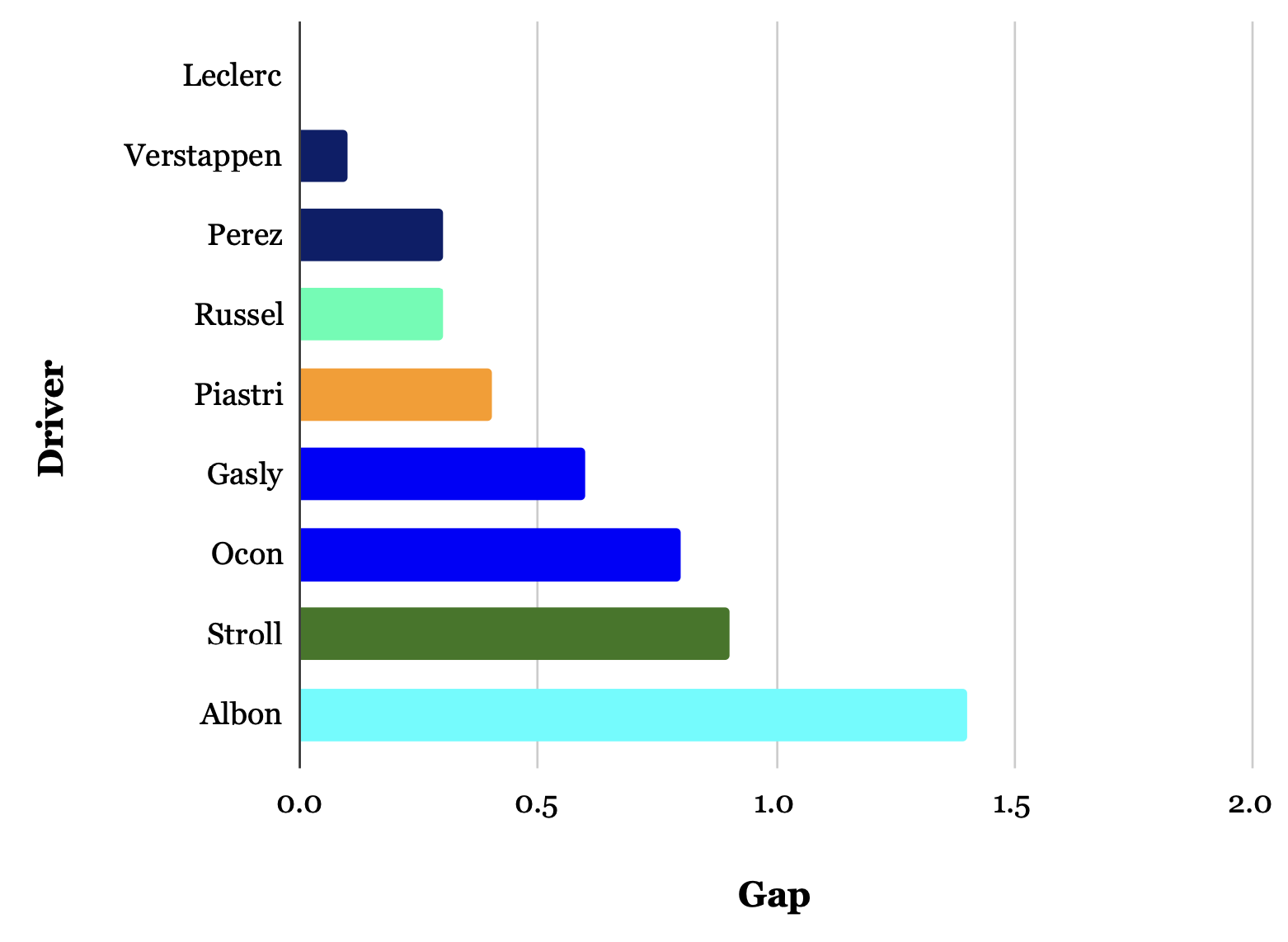
1. Analysis Results and Conclusions
This is the race pace analysis which considers fuel loads, tyre degradations, and other contexts of the race.
Table 1 and 2 shows power relationship of each car’s race pace in dry conditions.
Table 1 Race pace on medium tyres
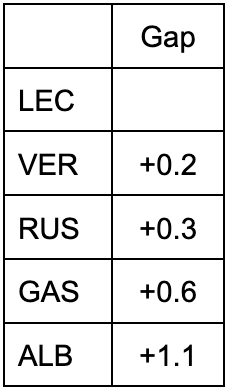
Table 2 Race pace on hard tyres
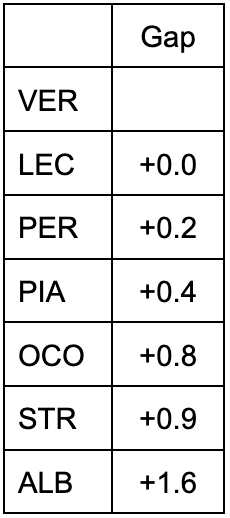
And we got Fig.3 by taking all of these tables together.
Table 3 Overall race pace
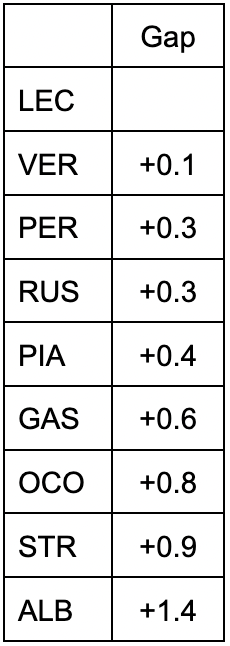
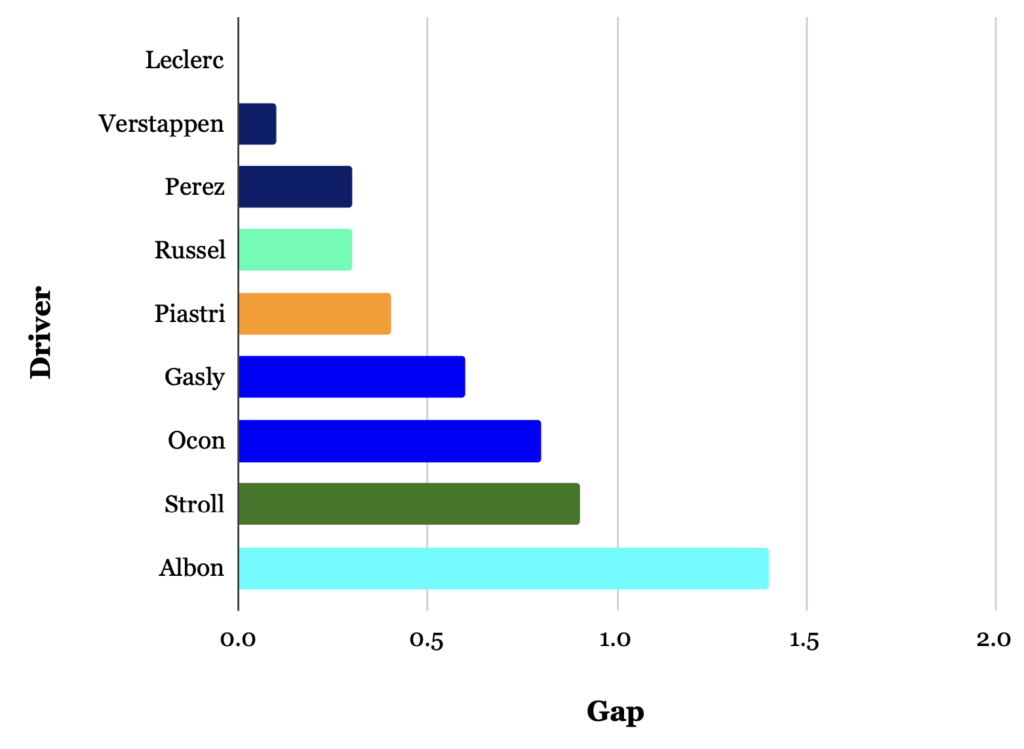
Points to note
Verstappen, on the hard tyres, had some damage but, like Leclerc in the Mexican GP, his pace was still more competitive compared to stints without damage, so the impact was considered minor and the comparison valid.
Gasly’s pace on the hard tyres couldn’t be quantitatively determined, so only his medium tyre stint was used as a benchmark for overall performance. However, his pace on the hard tyres was very poor, and including this would have likely placed him further down.
Looking Back at the Race Pace
In this race, factors such as dirty air, tow, and DRS had a significant impact, making it difficult to quantitatively determine race pace for many drivers.
Among these, Ferrari’s continuation of their FP2 long run performance to maintain the fastest pace was noteworthy. Despite missing out on a victory due to the misfortune of the Safety Car, their performance in this twilight race raises expectations for Abu Dhabi.
McLaren, despite struggling in qualifying, showed impressive race pace with Piastri. Pitting on lap 16 and racing on the oldest tyres after the Safety Car, he matched Ocon’s pace and competed at the front, making for a very engaging race. McLaren may not have been able to get their tyres working in qualifying, but their car’s potential firmly places them among the top teams.
Conversely, Williams, who performed well in qualifying, struggled in the race. Both of Albon’s stints were slow, and Sargeant likely had a similar pace, suggesting they may have miscalculated the setup compromise for this unique inaugural track layout.
2. About the Analysis Method
I assumed a fuel effect of 0.07 [s/lap] which is equivalent to Azerbaijan GP and calculated the degradation value from the slope of the graph. I derived the race pace in equal conditions from the tyre history. I also took into account clear/dirty air and the context of the race.
The tyres used by each driver (from Pirelli Official)
Also, if a driver was in dirty air in the first half of a stint but in clear air from the middle, and even in dirty air in the first half he was able to save his tyres and did not slow down excessively, I treated the whole stint as if it were clear air. I defined this condition as open-end clear air (OEC).
This time, I ignored the difference between soft tyres used in qualifying and new soft tyres, and scrubbed and new medium/hard tyres.
3. Appendix
For reference, I attach the graphs I used for analysis.
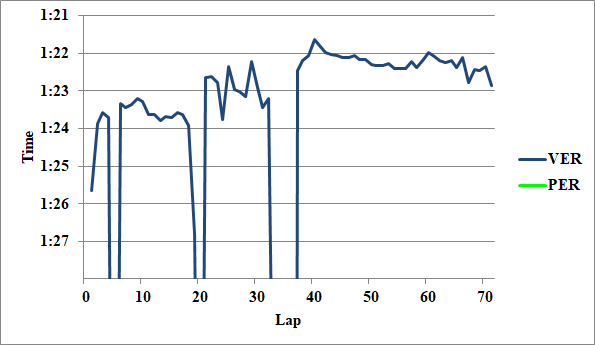
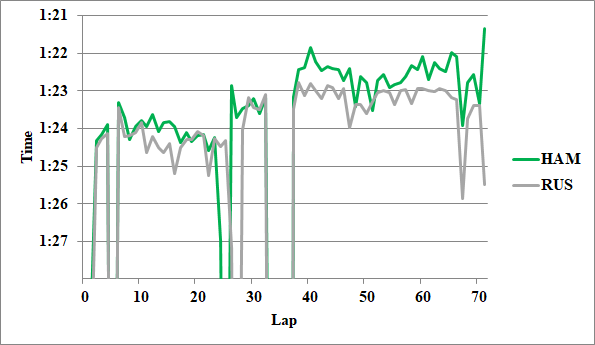
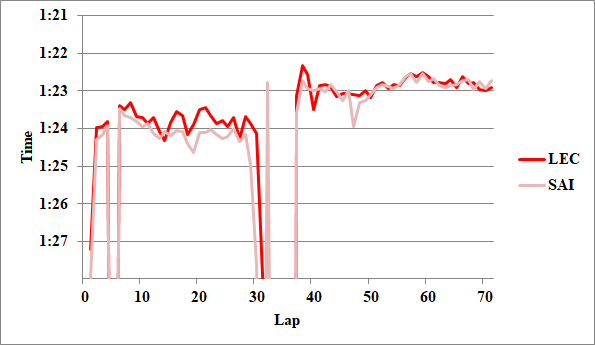

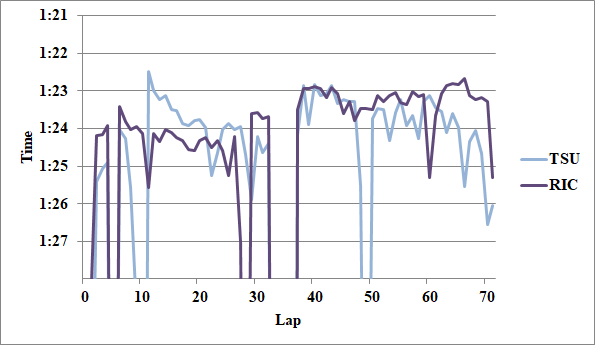
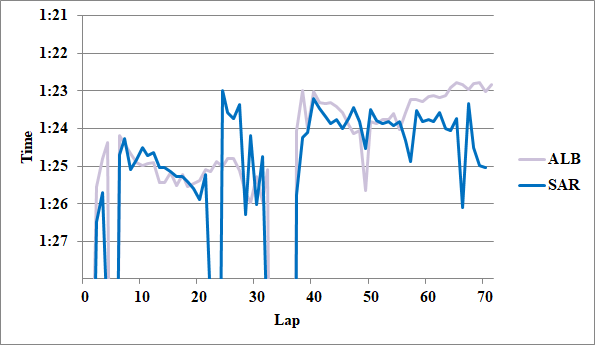
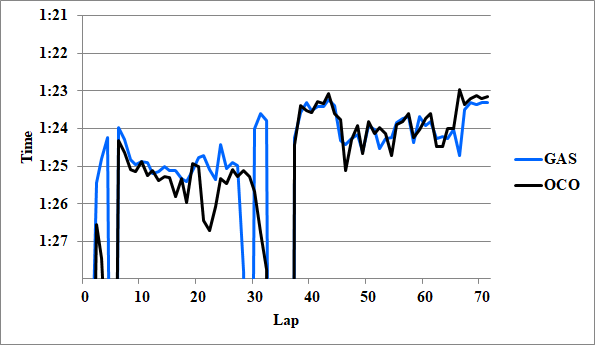
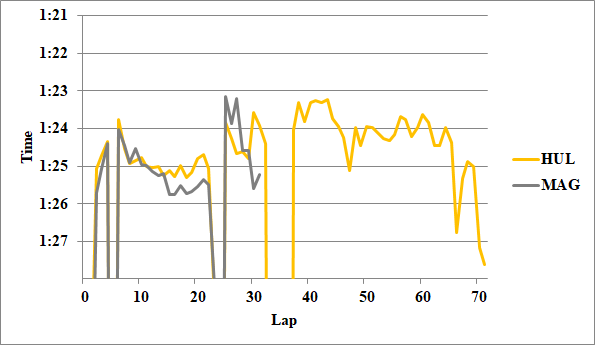

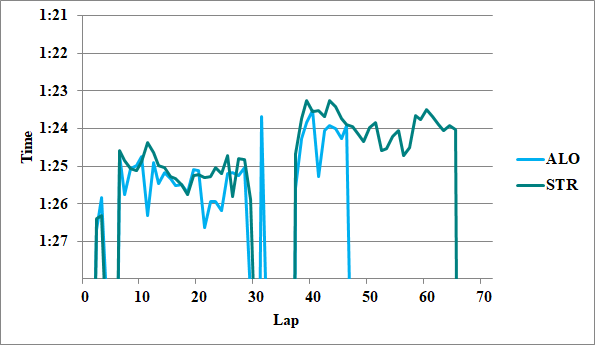





Writer: Takumi